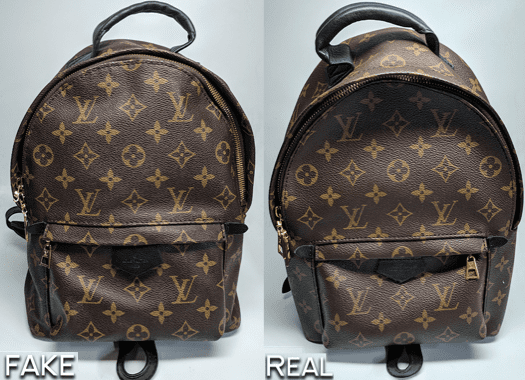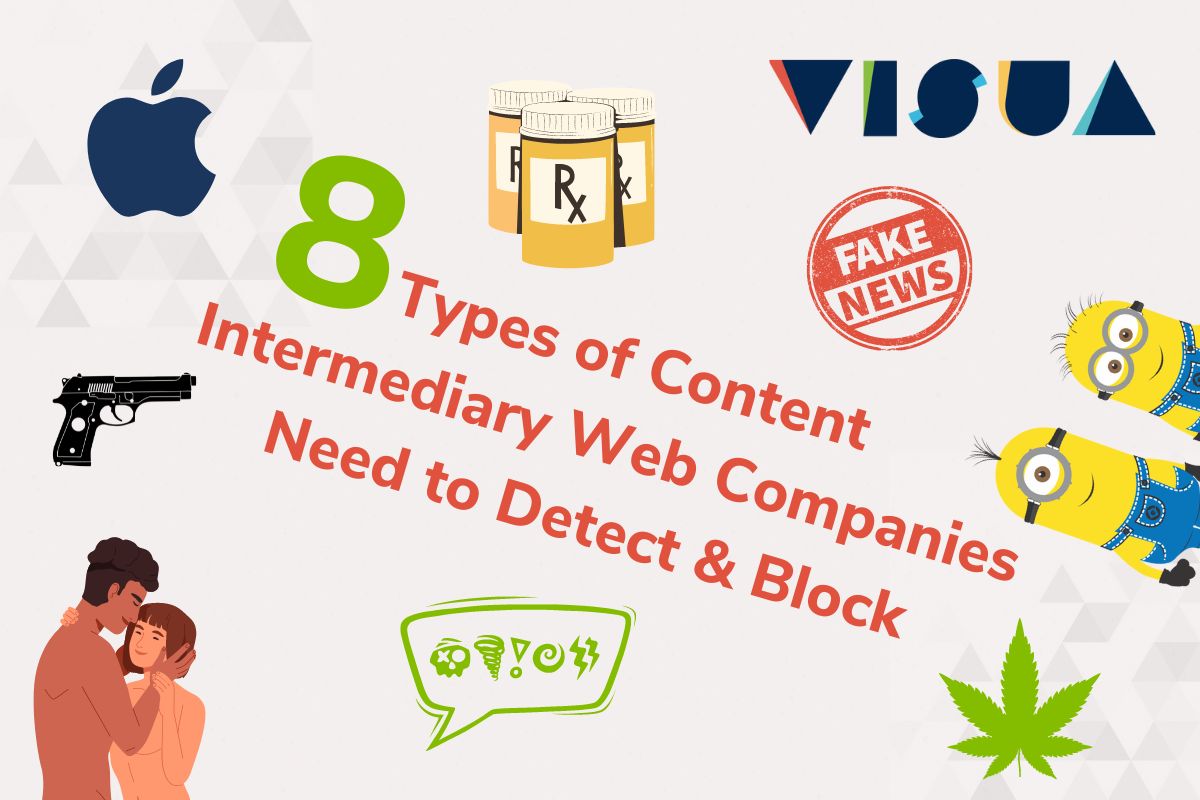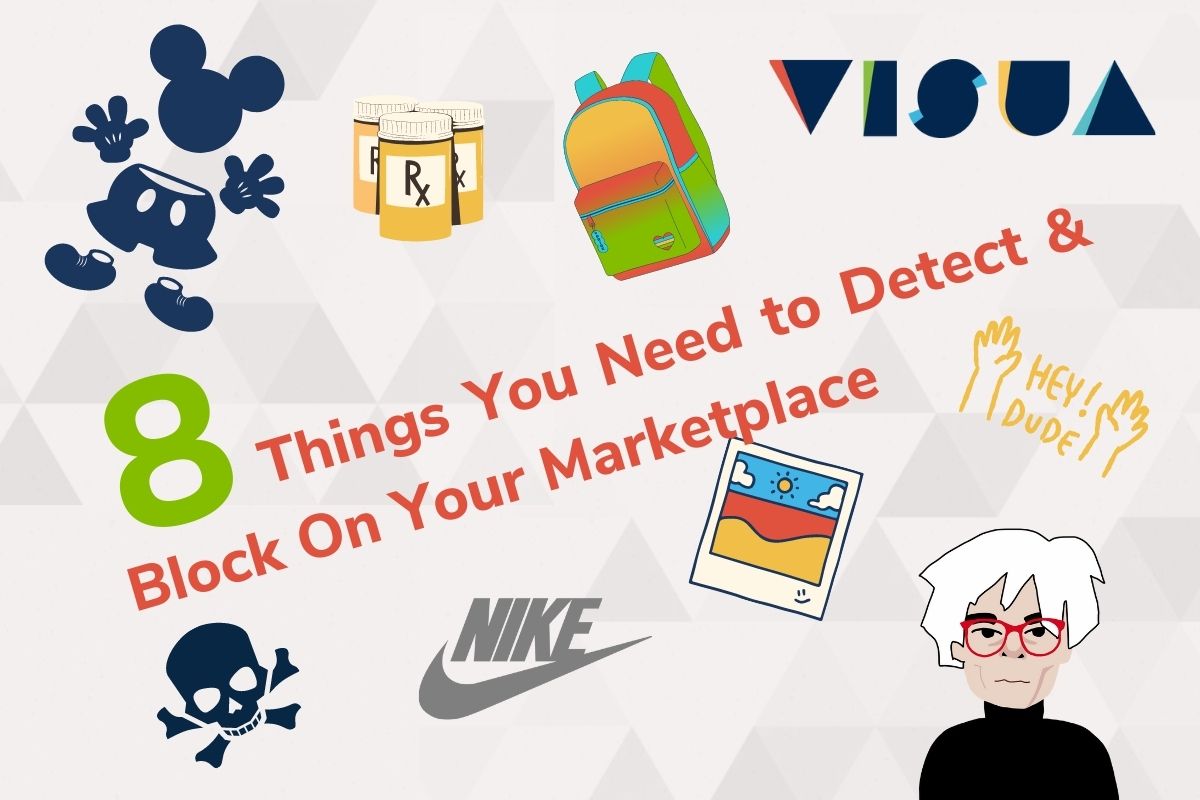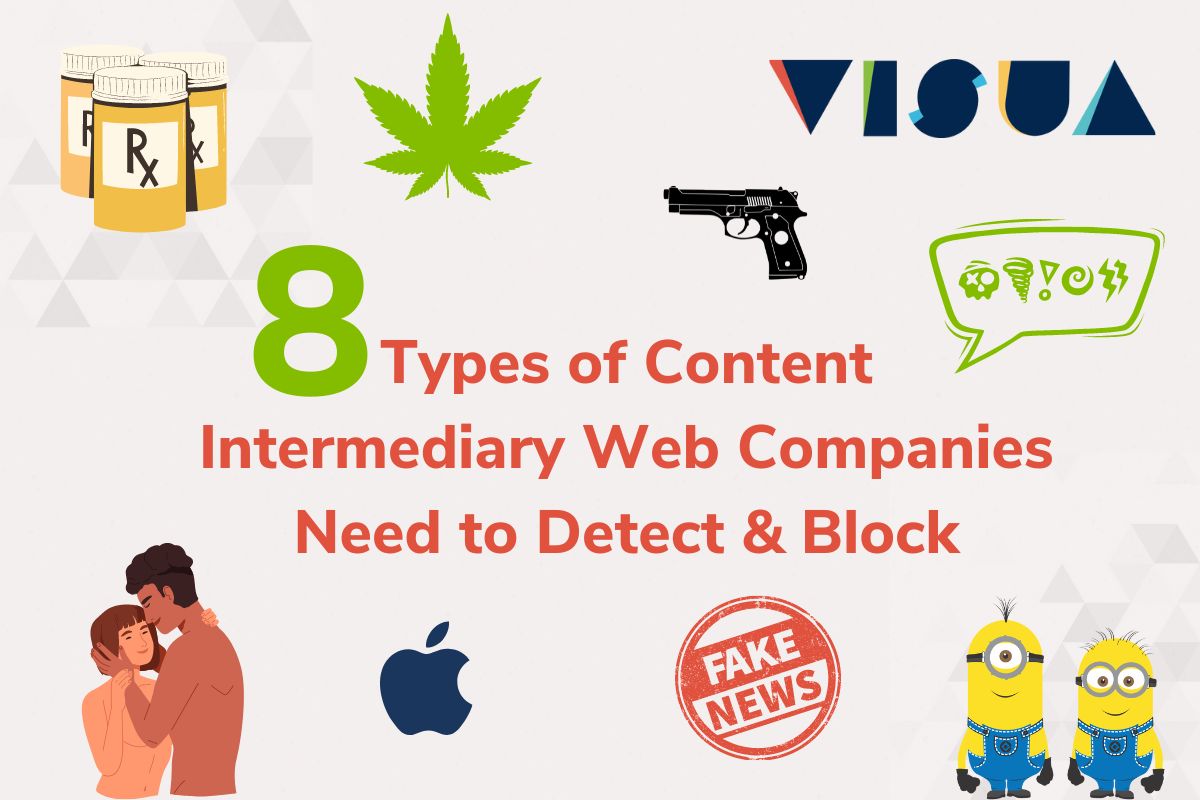How to Avoid Sales of Counterfeit Items in Ecommerce Part 2
Part Two
Welcome to Part Two of this Visual Counterfeit Detection blog series! In our previous post, we discussed the role of the accounts team in bringing to life VISUA’s visual recognition solution for a large eCommerce client to detect counterfeits on their site. Now we are going to explore the part the engineering team had to play in this use case.
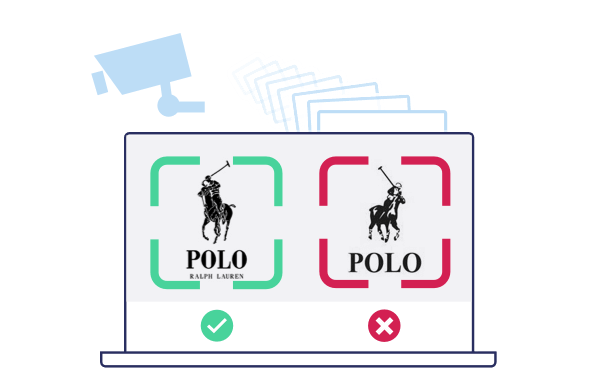
The engineering team: our approach
The tech team started with a proof of concept which was largely their responsibility. It didn’t involve VISUA’s API, so in order to get things moving along, they were given permission from the client to scrape their website which allowed them to harvest the data that they needed quickly.
They then wrote code that would go to the website and pull down the web pages associated with thousands of product listings. The next step was to save these listings to VISUA’s database. They also saved images embedded in those product listings and then ran the logo detection software to see what brands they found.
It started to become clear to both the accounts team and the engineering team that the key insight to be gained from all of this was that if there was a brand detection found but there was no explicit brand mentioned in the title of that listing, it was safe to assume something suspicious was occurring. While it didn’t guarantee a counterfeit, it was a very big clue that it could be.
So how did the process of this particular anti-counterfeiting method work?
The process
We already know that the client originally proposed that they would use VISUA’s technology to find suspicious counterfeit items. They had hundreds of thousands of logos listed on their website, and in some cases, vendors who use the site were trying to disguise their counterfeit products, with no mention of a brand in the title of that listing, but including the related brand’s logo. It was LogoGrab’s job to find those suspect listings.
So our software processed all the images for which a brand is not mentioned, flagging it as suspicious within that listing. The engineering team then compiled those detections into a report which they sent back to the client. VISUA’s engineering team didn’t make the final determination on whether or not an item was a counterfeit. It was their job to flag it as suspicious and hand over a small subset for the client to review.
Challenges and concerns
A project such as this will inevitably encounter a few hurdles. From the tech side, the client had some pain points that needed to be addressed. VISUA’s engineering team judged that they would have to lead the process, so they decided to do the scraping. In doing so, they were avoiding the client having to integrate immediately with our API or us integrating with theirs.
Getting access to the API was a concern for the client, but it wasn’t difficult. The client needed to figure out a definitive list of brands that they were monitoring, and what categories they were most interested in in order to get the best results from our software.
But it wasn’t all smooth sailing. The tech team faced some challenges too. They quickly realized that there were counterfeit products or possible counterfeit items that use versions of logos that are similar to but not the same as the real ones. For example, Adidas would have an extra stripe. They realized that they would have to add these new logo versions to VISUA’s catalogue, although other challenges involved refining this rule and looking for listings that didn’t mention any of the brands.
There’s always a challenge in trying to review the text to see if it contains a particular brand, such as punctuation and misspelling, so the tech team needed to adapt the software. And while a lot of brand logos within the images were very small, VISUA’s software was still able to detect them.
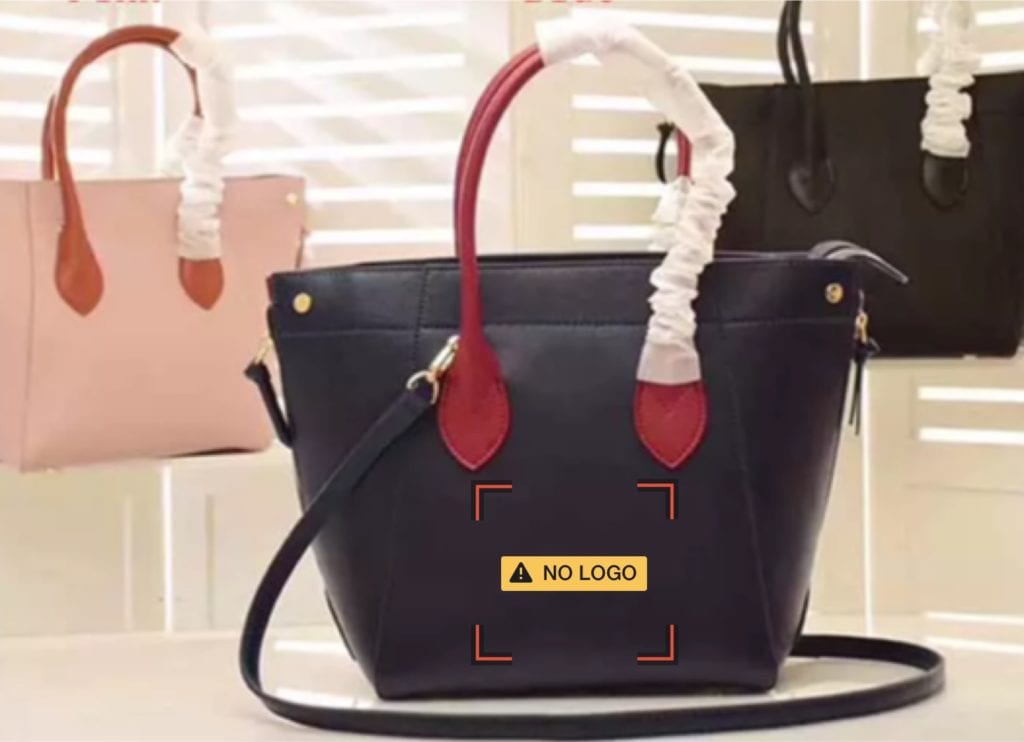
Visual vs existing anti-counterfeiting solutions
Since there are already existing solutions to this problem, you may be wondering why visual recognition is a better approach compared to other anti-counterfeiting methods. Put simply, most existing anti-counterfeiting solutions rely on human review of listings to a much greater extent than this approach. While this particular client continues to use humans and also has profiles of vendors to try and assign a risk to each one, VISUA’s approach can look directly inside images, making human review unnecessary.
Humans are simply unable to review these listings on a massive scale, making manual methods not only unsustainable but simply impossible. So by using VISUA’s visual detection, humans only need to review a small amount of the detections that we flag as suspicious.
VISUA also offers unique features. We integrated with the client’s API, so when we went into production we made use of it, which allowed the engineering team to fetch product listings at very high volumes and at a very high speed, as well as images associated with them. They also provided many reports to the client, one of which was a spreadsheet report. These would show each suspicious listing which was very suitable for sharing internally within their company.
The dashboard on VISUA’s website is also an important feature as it allowed the client to log into and view all the suspicious items. They could then further export that data into a CSV file, which would be useful for other internal software tools the client may have used. Using visual for detecting counterfeits combined with these unique features would allow e-commerce companies to find and eliminate any suspicious items easily, quickly, accurately, and at scale.
Outcomes of this use case
We hope we have convinced you that visual recognition is an excellent solution for finding and eliminating counterfeits on e-commerce platforms and online marketplaces. Because we tested for and worked with this client, VISUA has now started to become an expert in overall anti-counterfeiting. And thanks to logo detection, it’s likely that visual is here to stay for the future of Brand Protection.
For more information on Visual Counterfeit Detection, just fill out the contact form below and we’ll be in touch.
Book A DemoRELATED
 The European Digital Services Act – How it Affects you Posted in: Content Moderation, Featured - Reading Time: 6 minutesTLDR: The European Digital Services Act has been ratified into law by the European Union and will have wide-ranging implications for companies […]
The European Digital Services Act – How it Affects you Posted in: Content Moderation, Featured - Reading Time: 6 minutesTLDR: The European Digital Services Act has been ratified into law by the European Union and will have wide-ranging implications for companies […] It’s Amazing What’s Possible with Visual-AI For Counterfeit Detection Posted in: Brand Protection, Counterfeit Detection - Reading Time: 3 minutesYour Counterfeit Detection Platform Powered By Best-In-Class Enterprise Visual-AI We all know the challenges brands face with the unrelenting growth in counterfeit goods. […]
It’s Amazing What’s Possible with Visual-AI For Counterfeit Detection Posted in: Brand Protection, Counterfeit Detection - Reading Time: 3 minutesYour Counterfeit Detection Platform Powered By Best-In-Class Enterprise Visual-AI We all know the challenges brands face with the unrelenting growth in counterfeit goods. […] New Anti-Counterfeit Legislation Directly Impacts Marketplaces Posted in: Counterfeit Detection - Reading Time: 6 minutesAnti-counterfeit legislation changes marketplace landscape 10 years ago, the world was drowning in spam email and nobody thought it could ever be […]
New Anti-Counterfeit Legislation Directly Impacts Marketplaces Posted in: Counterfeit Detection - Reading Time: 6 minutesAnti-counterfeit legislation changes marketplace landscape 10 years ago, the world was drowning in spam email and nobody thought it could ever be […]
Eight Types of Content Intermediary Web Companies Need to Detect & Block to be Compliant with the European Digital Services Act
Reading Time: 7 minutesThe European Digital Services Act is a groundbreaking piece of legislation that aims to modernise the regulation…
Brand Protection Content Moderation Counterfeit Detection Trademark ProtectionEight Types of Content that Marketplaces & Ecommerce Sites Need to Block to be Compliant with the European Digital Services Act
Reading Time: 6 minutesThe European Digital Services Act is new legislation which aims to modernise the regulation of online businesses…
Brand Protection Content Moderation Counterfeit Detection Trademark ProtectionInfographic: 8 Types of Content Intermediary Web Companies Need to Detect & Block
Reading Time: < 1 minuteThe EU’s new Digital Services Act will, for the first time, hold online intermediary companies accountable…
Brand Protection Content Moderation Counterfeit Detection Trademark Protection
